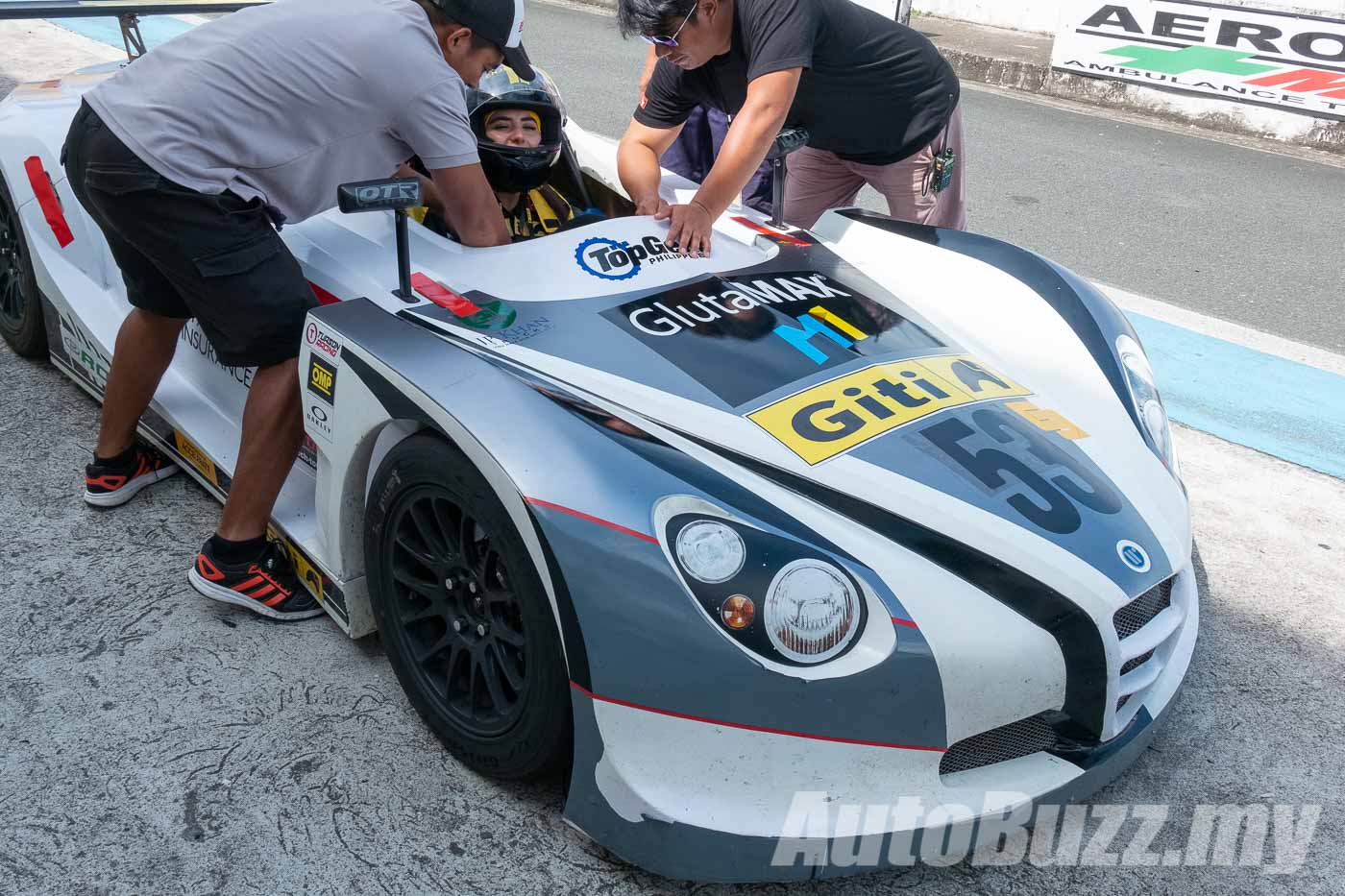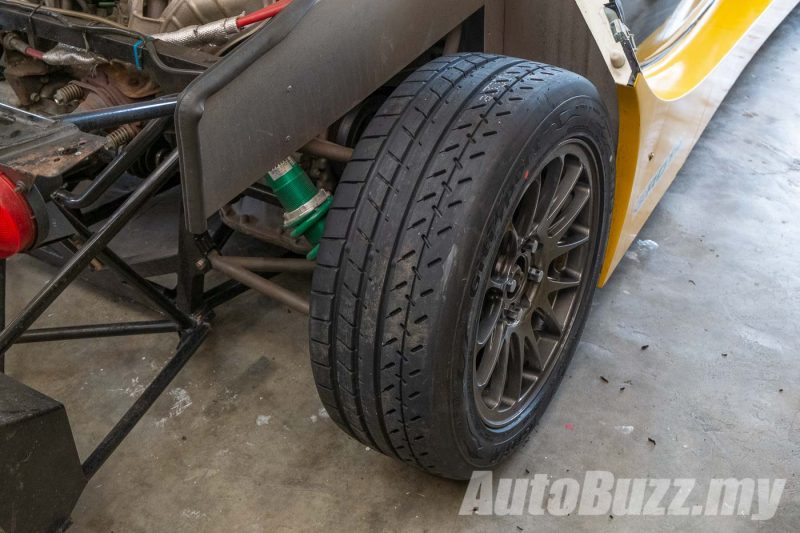Motorsport has always been plagued by criticisms in terms of costs, with many claiming it as a rich man’s hobby. However, in our recent trip to Philippines for the launch of Giti passenger car tyres, we had the opportunity to briefly experience a new form of racing that is poised to change that very mindset.
The Giti Formula V1 Series took the Philippines racing landscape by storm when it first flagged off in 2018. Designed as the ‘next step’ for those looking to step up from karting in the motorsport ladder, the Formula V1 promises to be cheap to own and cheap to run, bringing single-seater racing back to the nation.

The Formula V1 is a single-seater kit car. Originally built by West Racing Cars Co. Ltd. in Japan, the kit is imported into Philippines by Tuason Racing School, the organisers of the racing series.
Powering the Formula V1 cars is the mid-mounted 1.5-litre 4-cylinder engine sourced from a Toyota Vios. The five-speed manual transmission along with the driveshaft are also borrowed from the B-segment sedan.

Now, you might think the 110 or so horsepower from the 1NZ engine is child’s play compared to other single-seater racing series, but for a car weighing just 530 kg without fluids, the Formula V1 car does zero to 100 km/h in just 4.5 seconds, onward to a top speed of 200 km/h.
In our brief stint in the car on the Clark International Speedway, we can confirm that the Formula V1 is a hoot to drive. Acceleration feels raw and brutal with every gear change, and turning in to a corner feels direct and darty, a result of the minimal weight and the MR drivetrain setup.

Contributing to the lightweight setup is the fibreglass body, which lays on top of the tubular steel chassis. Other performance-oriented parts include bespoke TEIN coilovers, Wilwood brakes on all four corners with adjustable bias, as well as motorsport wheels provided by ROTA. Of course, there are no driver aids here.
The tyre choice is perhaps the most unusual detail here. Supplied by series title sponsor Giti, the Formula V1 cars are decked out in street-legal Gitisport GTR3 RR1 tyres instead of racing slicks.

However, our drive revealed that the lightweight car mixed with relatively low power output results in a pretty balanced driving experience with the street-based tyres. Upon turn-in, the car responds instantly and hugs the line pretty well. Although we weren’t able to test it ourselves, we would wager that the lower grip levels mean that the car should be pretty playful on extreme conditions too.
Giti says that their involvement in the racing series directly influence the research and development of their consumer-facing products. In particular, three aspects of the tyres – sheer forces, heat dissipation, and reaction to rotational forces, are tested to the extreme on race circuits. As a result, the compound choices and construction of the street tyres can all be better formulated.

Giti Europe Testing Centre Manager, Martin Gibson, also said that their engineers keep a close watch at every Formula V1 race event. The technology from motorsport tyres have already trickled down to Giti consumer tyres such as the newly launched Gitisport GTR3, which rivals the likes of the Michelin Pilot Sport Cup and Pirelli P Zero Corsa.
The organisers have expressed intent to bring the Formula V1 series to other parts of the region including Malaysia, and we can’t wait to see these cars on our own Sepang International Circuit!
IMAGE GALLERY

























